[scroll down if you just want to get to the images]
Stable Diffusion is an amazing new open source machine learning model that can be used to convert text to images. Given a text prompt like, “Painting of a chicken with colorful feathers”, you might get something like this:
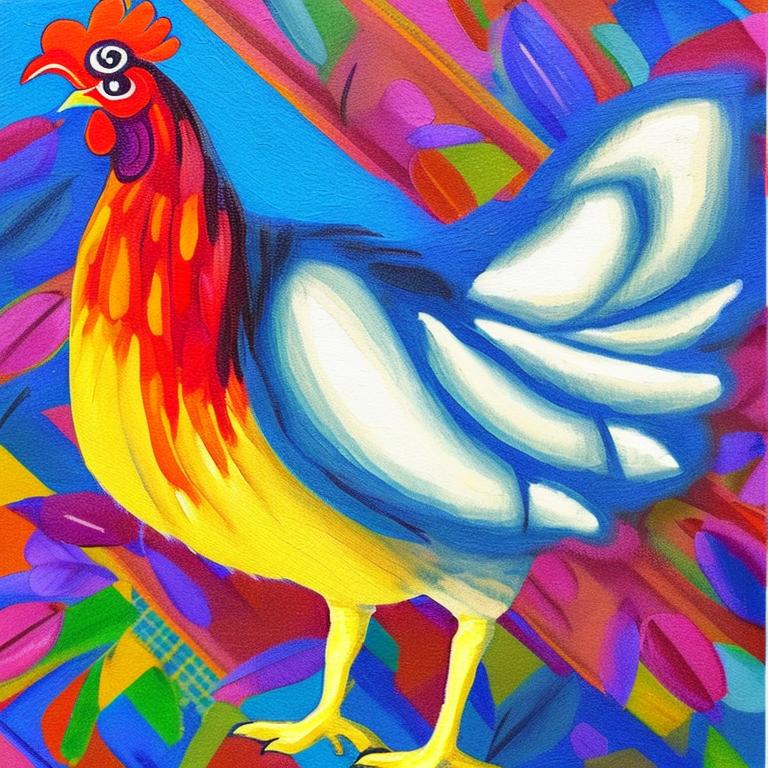
You can give it a shot yourself on this page (disclosure, I work for Baseten, which hosts this demo).
As-is, Stable Diffusion can produce some pretty amazing results and is pretty fun to play with. However, the images that Stable Diffusion can produce are limited to the dataset is trained on. If you want it to produce images of your dog, for instance, it unfortunately has no way of doing that out of the box.
Fine-tuning
While Stable Diffusion can’t do this out of the box, techniques have been developed to easily “fine-tune” the model on new images. Dreambooth out of Google gives Stable Diffusion users the ability to provide a small number of images (~20), and teach Stable Diffusion a new concept. The main things that you can do with Dreambooth are:
- Teach Stable Diffusion a new style, to allow it to create images in a particular artist style (like Studio Ghibli)
- Teach Stable Diffusion a new concept, like your dog, or yourself.
I decided to try out the second approach, and teach SD about myself! I used this collab notebook, that I borrowed from TheLastBen’s Stable Diffusion Repo.
The notebook was very easy to clone and try out. I used around 20 images to fine-tune the model. Here are some of the results:
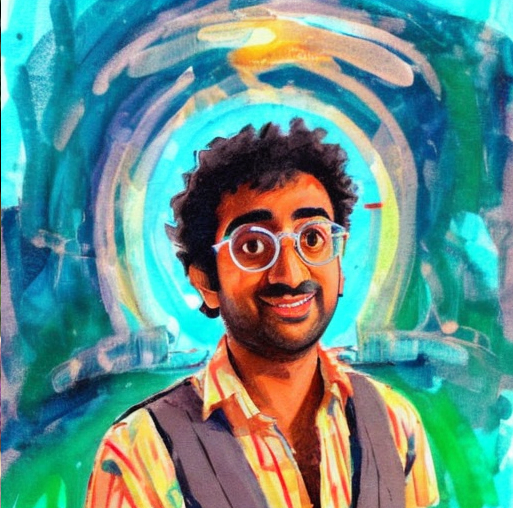
Painting of Sid Shanker
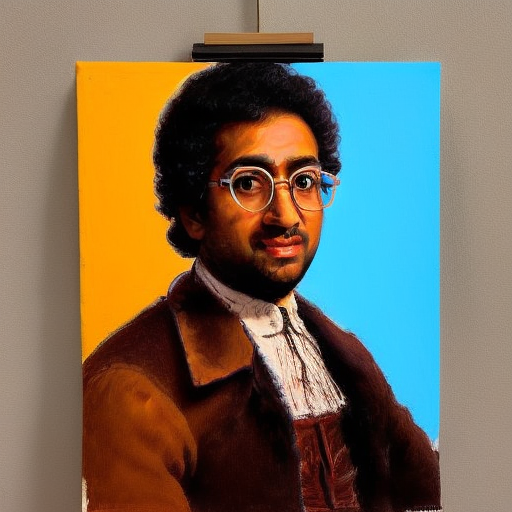
Painting of Sid Shanker in the style of Rembrandt
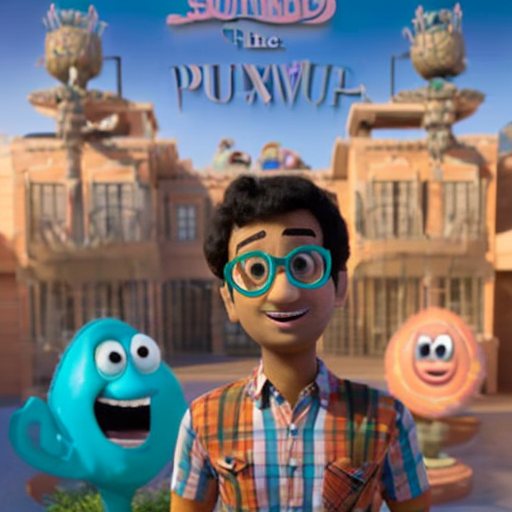
Sid Shanker in the style of pixar

Sid Shanker in the style of Family Guy
Some takeaways
Fine-tuning requires a lot of experimentation
This didn’t work immediately! It took a couple tries to fiddle around the input prompts and the images I uploaded to start getting good results. One of the early mistakes was using too generic a name for myself (“Sid Shanker”), which resulted in me seeing results like this:
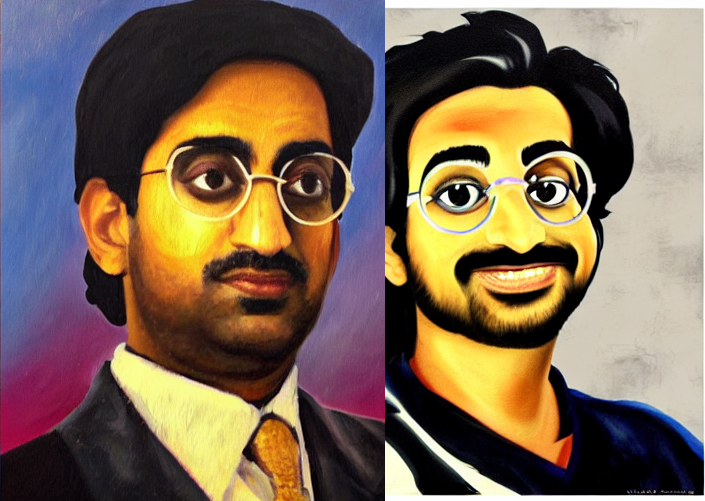
Here, it doesn’t look trained to me at all. After changing the prompt to being something more unusual (“squidarth”, my Github handle), I started getting the results I wanted.
The other big lever is using the right mix of images (> 20, different angles, high resolution).
You have to know a little bit about what’s going on
The other interesting thing here I observed is that fine-tuning right now isn’t a totally clean abstraction – you do have to know a little bit about what’s going on, and what problems a tool like Dreambooth sets out to solve to get the results that you want.
A major example here is that it’s really easy to overfit with Dreambooth training. When I tried running “Sid with other person”, I got this monstrosity:
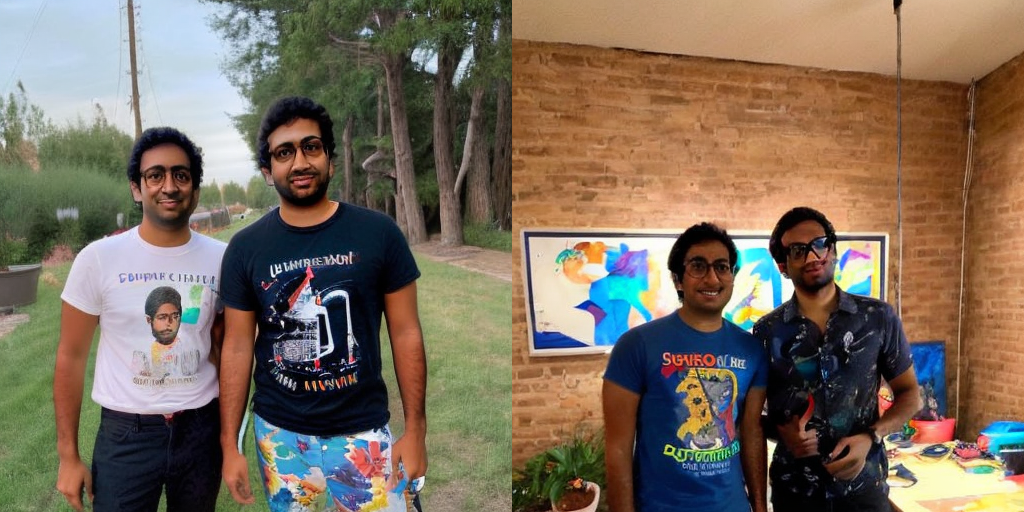
Huggingface has a really good guide on how to configure the settings for your project, but interpreting these understands some amount of knowledge about Stable Diffusion (what’s the text encoder? what’s the unet?)
It’s hard to get away from requiring that level of configurability, since you likely want different settings for training a style vs. training on a face.
Pre-trained models are really awesome
It’s really awesome that someone like me, with a fairly limited amount of ML experience, was able to fine-tune a model like this to get the results I wanted. The power that pre-trained models bring to developers is very exciting.